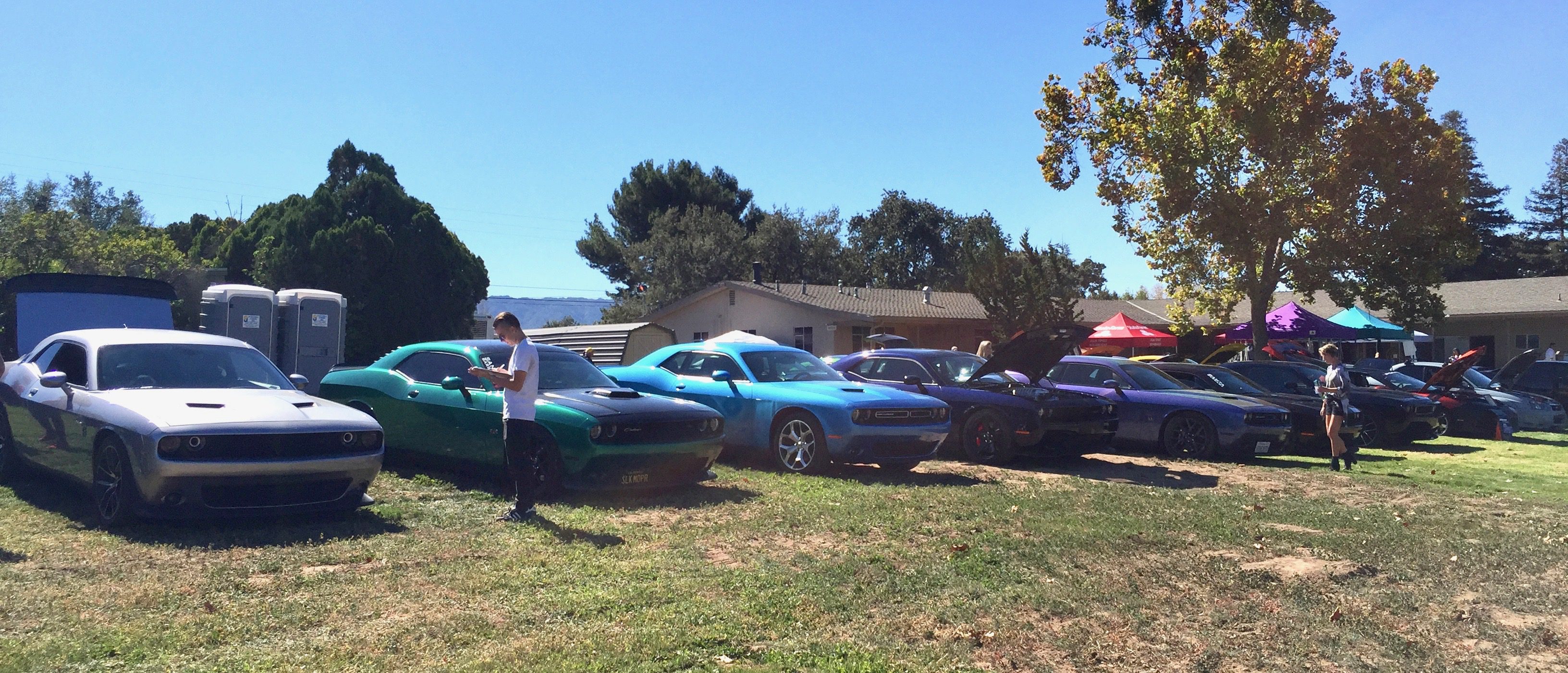By John Copeland
In elementary school, we all learned that “In 1492, Columbus sailed the ocean blue,” and discovered America. To say he “discovered” America is a misnomer because there were plenty of people already here when he arrived.
So who were the people who deserve to be called the “discoverers” of America? Up until the 1970s, these immigrants were called the Clovis peoples. Their name came from Clovis, N.M., where scientists made the first discovery of one of their ancient settlements.
As the last Ice Age was ending, the Clovis folks trekked from Asia across the Bering land bridge that then connected what is now Alaska and Siberia. Once here, these folks dispersed across North America and eventually made it to Central and South America.
Today, most scientists believe that the peopling of the Americas was not a singular event. Instead it was a process with people taking different routes, arriving at different times and potentially coming from different places. Evidence of these migrating people has been found in Texas, Virginia, and as far south as Peru, Chile and the Amazon basin. But the science on this is far from settled. So for now, the Clovis and their predecessors deserve the credit for discovering America.
However, these early people arrived on the western coast of North America. What about the East Coast? Was Columbus the first European to glimpse the untamed, verdant paradise that America must have been centuries ago?
Not even close.
Viking Leif Eriksson set foot in the New World a full 500 years before Columbus ever set foot on a ship. Today, we know the World Heritage archeological site L’Anse aux Meadows in Newfoundland was Eriksson’s short-lived Vinland colony. Excavations in the 1960s uncovered Viking artifacts and confirmed it as the earliest European settlement yet known in the Americas.
Leif and his crew overwintered in Vinland and returned to Greenland in the spring. Surprisingly, only Leif’s brother, Thorvald, and a small group of settlers returned. Thorvald was killed in a “skirmish” with Native Americans. He is believed to be the first European to die and be buried in North America, which is a sad distinction, but a distinction nonetheless.
Leif’s voyage of discovery is recorded in two Norse sagas, Erik’s saga and the Groenlendinga saga. Unfortunately, being recorded only in Norse caused his discovery to remain unknown for centuries. Europe at the time (1000 CE) was preoccupied with the first Crusade to the Holy Land.
Leif was also, possibly, a late-comer in the northern latitudes. There are tales of Irish monks, Phoenicians, West Africans, Chinese and others who “discovered” America in antiquity. These tales certainly capture the imagination, but so far no concrete proof has been found.
Also, here’s a wrinkle in the story of America’s discovery: the sweet potato.
This humble tuber is native to South America, and yet sweet potatoes have been on the menu in Polynesia as far back as 1,000 years ago. So how did it get there?
By comparing the DNA of Polynesian and South American sweet potatoes, scientists believe someone either brought them back to Polynesia after visiting South America, or they brought them from South America when they were exploring the Pacific Ocean. Either way, it suggests that about the time Eriksson and his crew were building long houses in Canada, someone in Polynesia was trying sweet potatoes from South America for the first time. And though Christopher Columbus was certainly not the first to “discover” the Americas, he was definitely the last.
The reason the Christopher Columbus holiday is controversial today is that his voyages are viewed as the starting point of hundreds of years of exploration and exploitation of the Americas.
In 1892, the U.S. celebrated the 400th anniversary of Columbus’ journey to the Americas. At the time, the country’s recognition of him was a source of pride for many Italian Americans and recent Italian immigrants. But not everyone was pleased that the country was honoring Columbus. Scandinavian immigrants and Americans of northern European descent wanted to celebrate Eriksson instead.
Around the same time, the Catholic organization Knights of Columbus and several other Italian American groups began to lobby Congress to recognize a Columbus Day holiday. In 1907, the founder of Colorado’s first Italian newspaper established the first official Columbus Day in his state; within a few years, 15 more states had adopted the holiday. By the time it became a federal holiday in 1971, most states recognized Columbus Day on Oct. 12.
Leif Eriksson Day made its debut in the early 20th century too, but it never achieved the same stature. While Columbus is honored with a federal holiday, President Lyndon Johnson signed a proclamation in 1964 that declared Oct. 9 as Leif Eriksson Day, a national day of observance. Each sitting president still issues a proclamation about it every year.
Columbus’ “victory” over Eriksson is partly due to early lobbying by Italian Americans, but also because, even if he was not the first, Columbus arguably played a greater role in European migration to America.
The question about Columbus Day is whether we should celebrate it at all. South Dakota celebrates Native American Day instead, and both Hawaii and Alaska do not celebrate Columbus Day.
Columbus Day’s current detractors might argue that the debate over whether Columbus or Eriksson played a greater role in European migration to America is moot, since both of them “discovered” a place where millions of people already lived.
So what to make of all this?
It’s clear is that America has been a melting pot of cultures stretching back before recorded history, long before the Statue of Liberty urged the world, “Give me your tired, your poor, your huddled masses yearning to breathe free.”
Today, maybe not that much has changed. Possibly merging these two holidays into Discoverers’ Day makes the most sense, as it would honor all of the groups who “discovered” America in the past.



